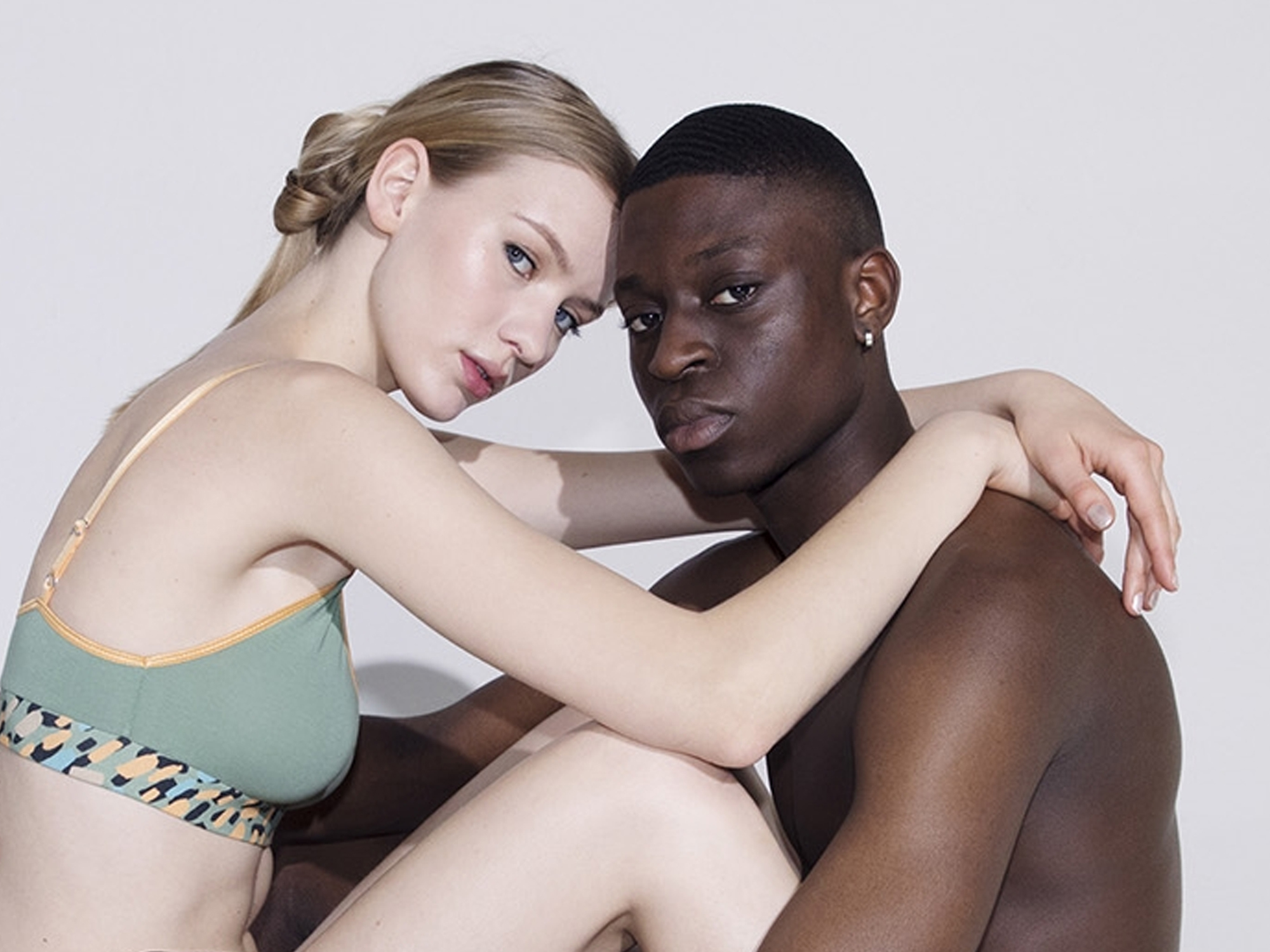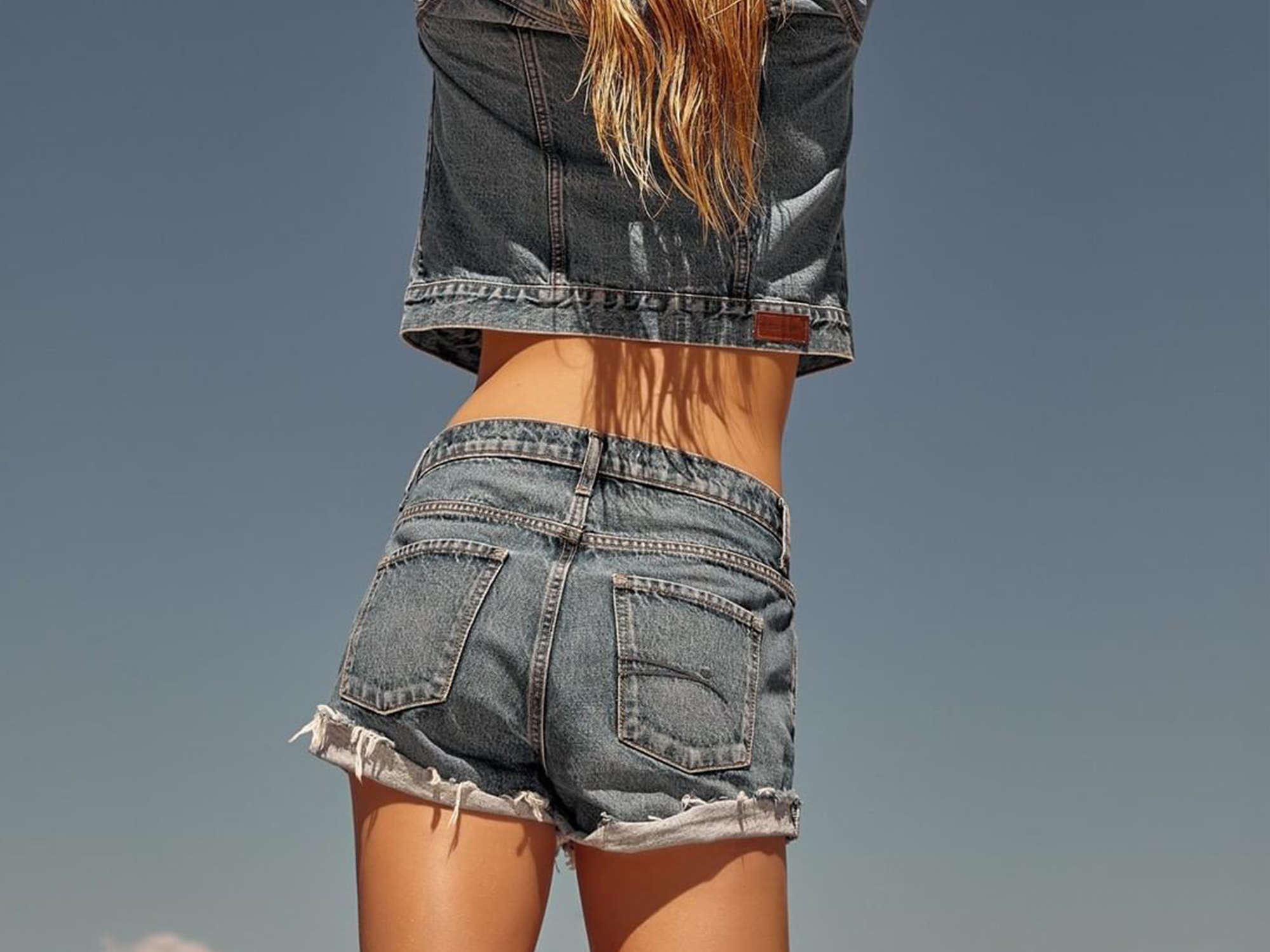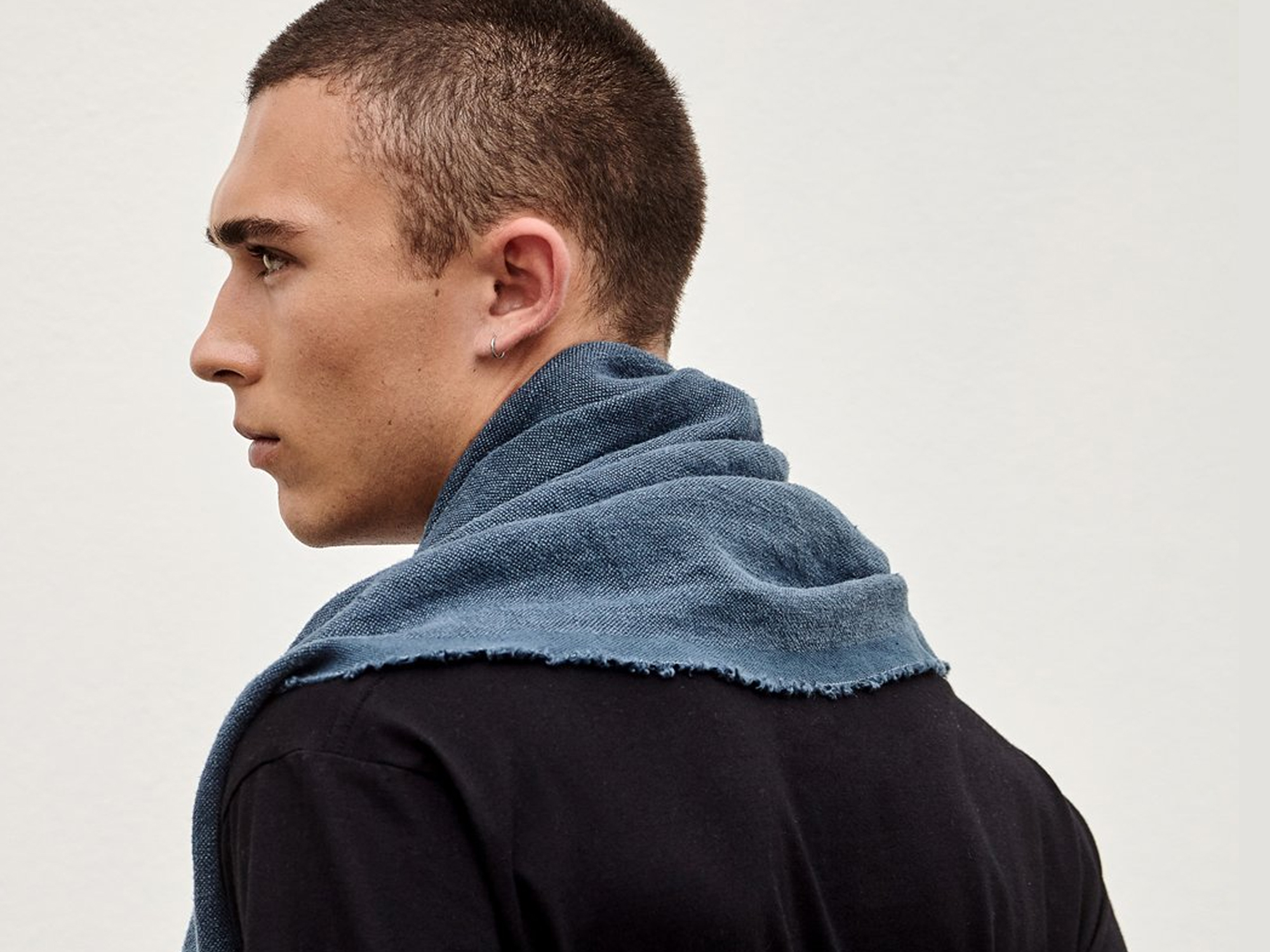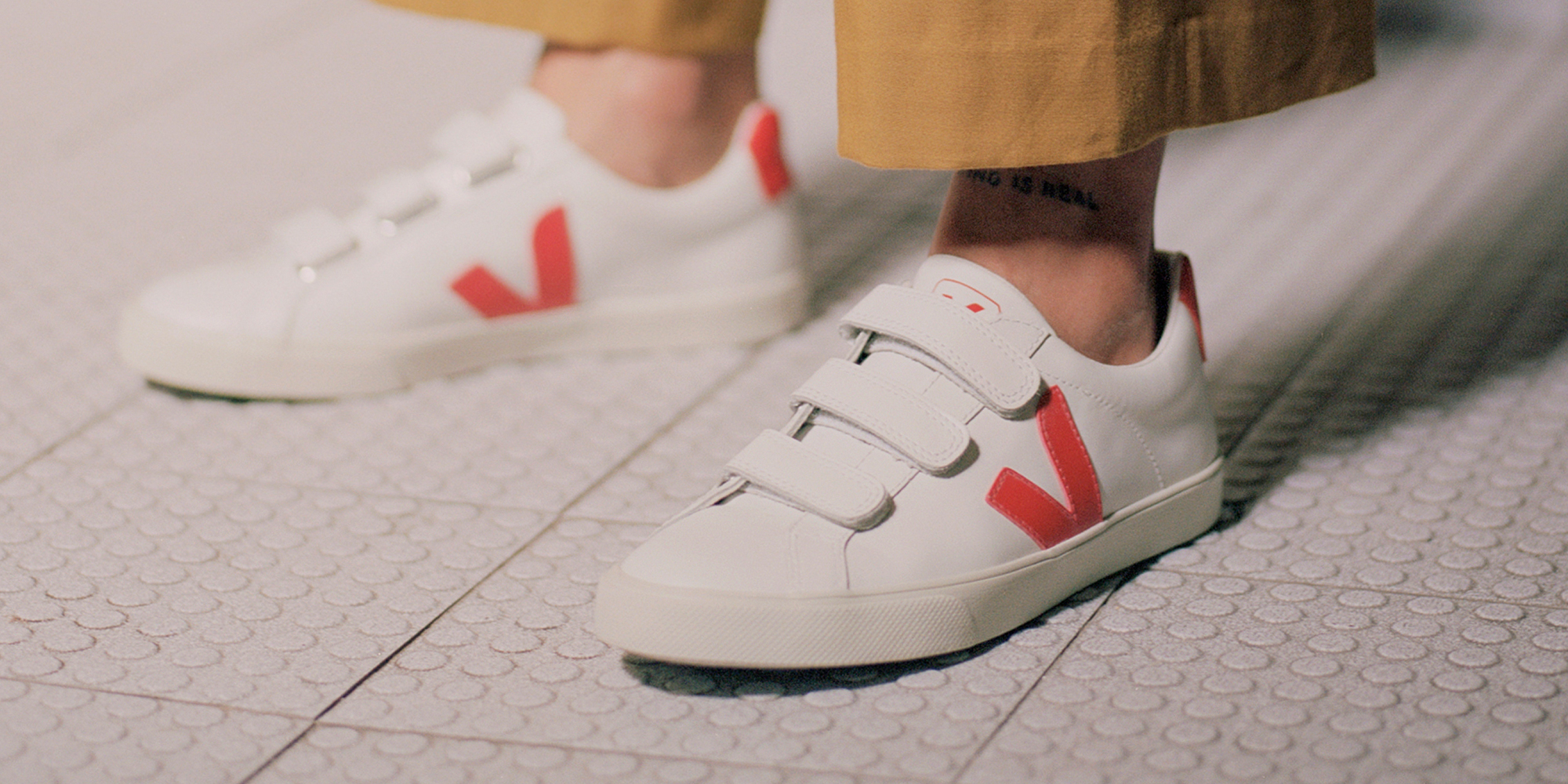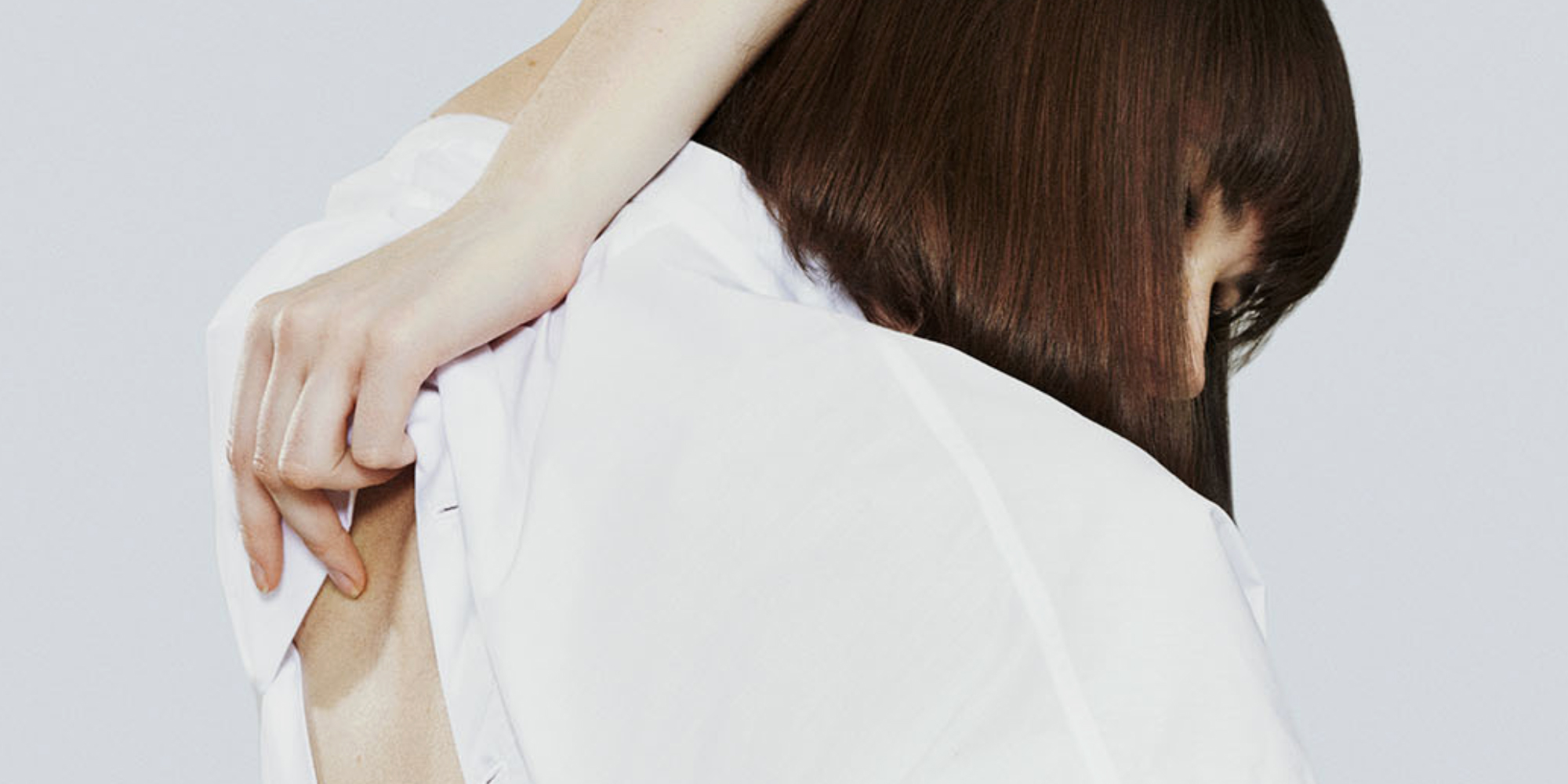Our skin is our largest organ, so what we put on our bodies can be just as important as what we put in them. Thankfully, there are a heap of great products that don’t contain potentially toxic ingredients. You just need to know where to look…
We’ve put together this guide using the great resources at The Environmental Working Group on how to avoid toxic ingredients in your beauty essentials.
Coal Tar Derivatives
An ingredient sometimes used in anti-dandruff shampoos, hair dye and dry skin treatments, coal tar has been banned from cosmetics in the European Union and Canada while shampoos in Australia must contain a warning. Coal tar is thought to cause cancer as well as other health issues like allergies. Definitely a group of chemicals to kick out of your beauty regime.
Parabens
Parabens are usually used as preservatives in a variety of beauty products. While lab tests have shown the potential for hormone disruption, it’s still not clear if parabens are harmful to humans, and the use of some parabens have restricted in the European Union since 2014. These ingredients are most commonly found in facial cleansers, body wash, deodorants and shampoo. If you’re concerned, opt for paraben-free brands such as Dr Hauschka and Aesop.
Phthalates
Phthalates are a group of chemicals that make plastics more bendable and less breakable. You can find them added to cosmetics like nail polish and hair spray as well as other household products like vinyl floors. Phthalates rang alarm bells in 2004, when the US Center for Disease Control and Prevention found widespread contamination amongst the general public. But what are the dangers? Phthalates have been linked to childhood asthma, and are suspected of being involved in hormone disruption and possibly breast cancer. While many authorities have moved to restrict their use, for example in childrens’ toys, they may still be present in many other products. To avoid, look out for the chemical ingredients DEP, DBP and DEHP.
Petrolatum (Mineral Oil)
Love the shine that your hairspray creates, or the extra moisture of your favourite lip balm? You could have petrolatum to thank for it. Unfortunately, petrolatum can be contaminated with polycyclic aromatic hydrocarbons (PAHs). Exposure to PAHs is associated with cancer and PAHs have been classified as carcinogenic in Europe. If you’re not satisfied that PAHs have been avoided, look out for alternatives to petrolatum made with nourishing oils such as coconut or jojoba oil.
Triclosan
Triclosan is often found in antibacterial products, deodorants, and toothpastes. According to the Environmental Working Group triclosan has been found to disrupt hormone production. Other research suggests that the chemical also encourages the emergence of ‘super bugs’. So when it comes to germs — keep up the handwashing, but skip the anti-bacterial soaps.
DEA (diethanolamine)
DEA is a lung and skin irritant, that’s used mainly as a wetting agent in shampoos and other foaming products. Diethanolamine has been seen to affect the kidneys, liver and blood of animals when used long-term. To avoid DEA, look out for products that are organic and harmful chemical-free such as Weleda.
Formaldehyde
This ingredient is usually used in beauty products to prevent bacteria growth,and can be found in nail polish, body wash, eye shadow and cleansers. The chemical is known to cause skin irritation and may affect the immune system, with links to various cancers. For beautiful nails without the nasties, Butter London is our choice for formaldehyde-free nail polish.
Hydroquinone
Hydroquinone is one of the nastier ingredients found in some cosmetic products, used to lighten skin. The EWG (Environmental Working Group) rates this ingredient as having high toxicity and especially unsafe when used in cosmetics. However a multitude of beauty brands are still using this chemical, including Alpha Hydrox and Skin Success.
Do you know of any more great beauty brands that go the extra mile to avoid potentially toxic ingredients? Let us know below in the comments.







